Ercole Spada – The Passing of Another Legend
When the Alfa Romeo Giulietta SZ – crafted by the Italian coachbuilder Zagato – faced competition from the new Lotus Elite, a car designed as a true road-going racer and significantly faster than the Alfa, Elio Zagato and his young engineer-designer Ercole Spada spent six months exploring aerodynamic solutions inspired by the theories of Wunibald Kamm. The result, unveiled in June 1961, was a revised SZ that sat 4 cm lower and extended 14 cm longer than its predecessor.
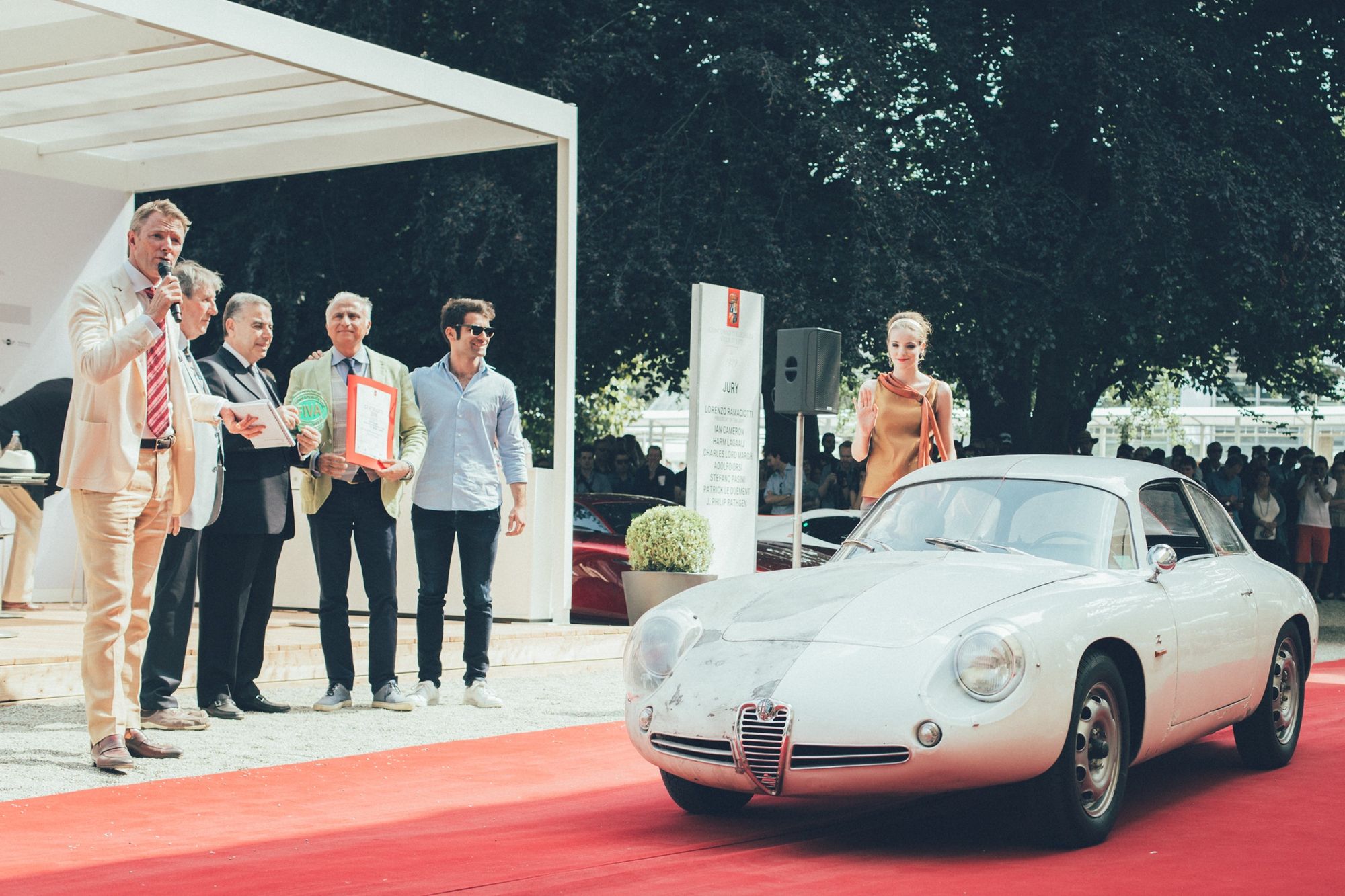
This reimagined model, dubbed the Coda Tronca (literally ‘truncated tail’, in contrast to the earlier Coda Tonda, or round tail), achieved a remarkable top speed of around 220 km/h – about 20 km/h faster than the original – despite retaining the same weight and 1.3-litre engine. The credit for this aerodynamic leap forward goes to the young Ercole Spada, who sadly passed away on Sunday, 3 August, leaving behind an extraordinary legacy as one of the most influential car designers of the 20th century.
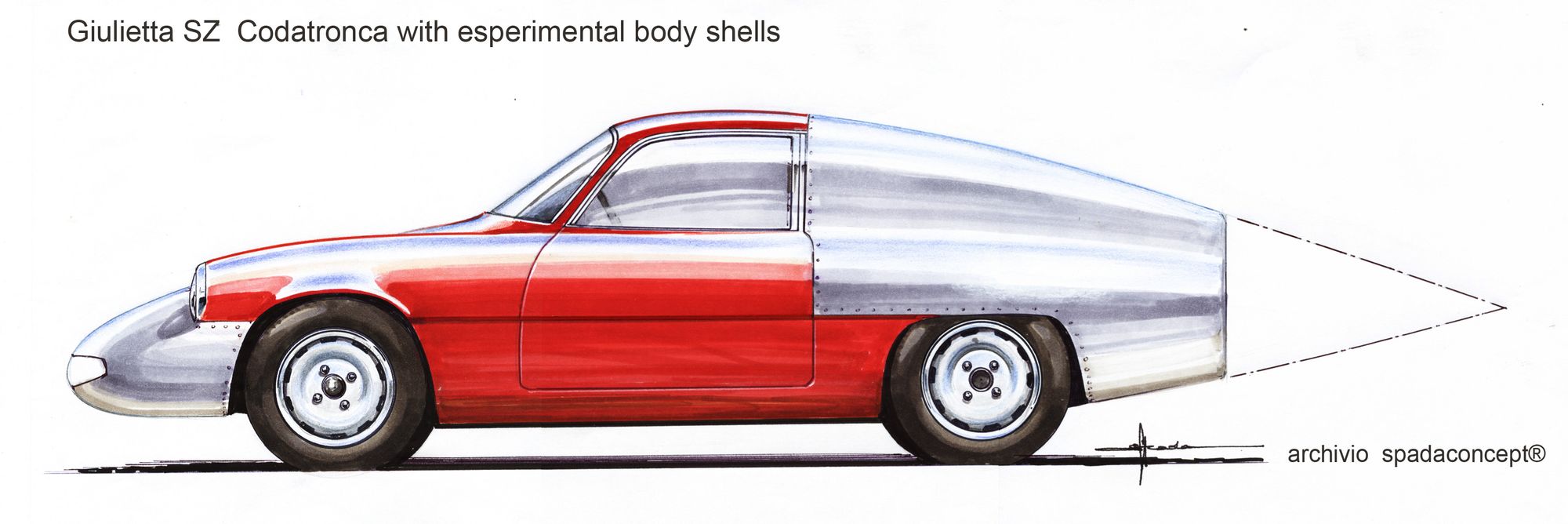

During his tenure at Zagato, Spada created a distin0ctive design language that was unmistakably Zagato while still honouring the sty0listic DNA of the parent brands. The European racing scene soon came to be dominated by Spada’s designs – cars such as the Alfa Romeo TZ1 and TZ2, the Alfa 2600 SZ, the striking Giulietta SZ, and Lancia’s Flaminia Super Sport and Fulvia Sport Zagato. Alongside these production and competition models, Spada was also responsible for numerous concept cars, one-offs, and special commissions.
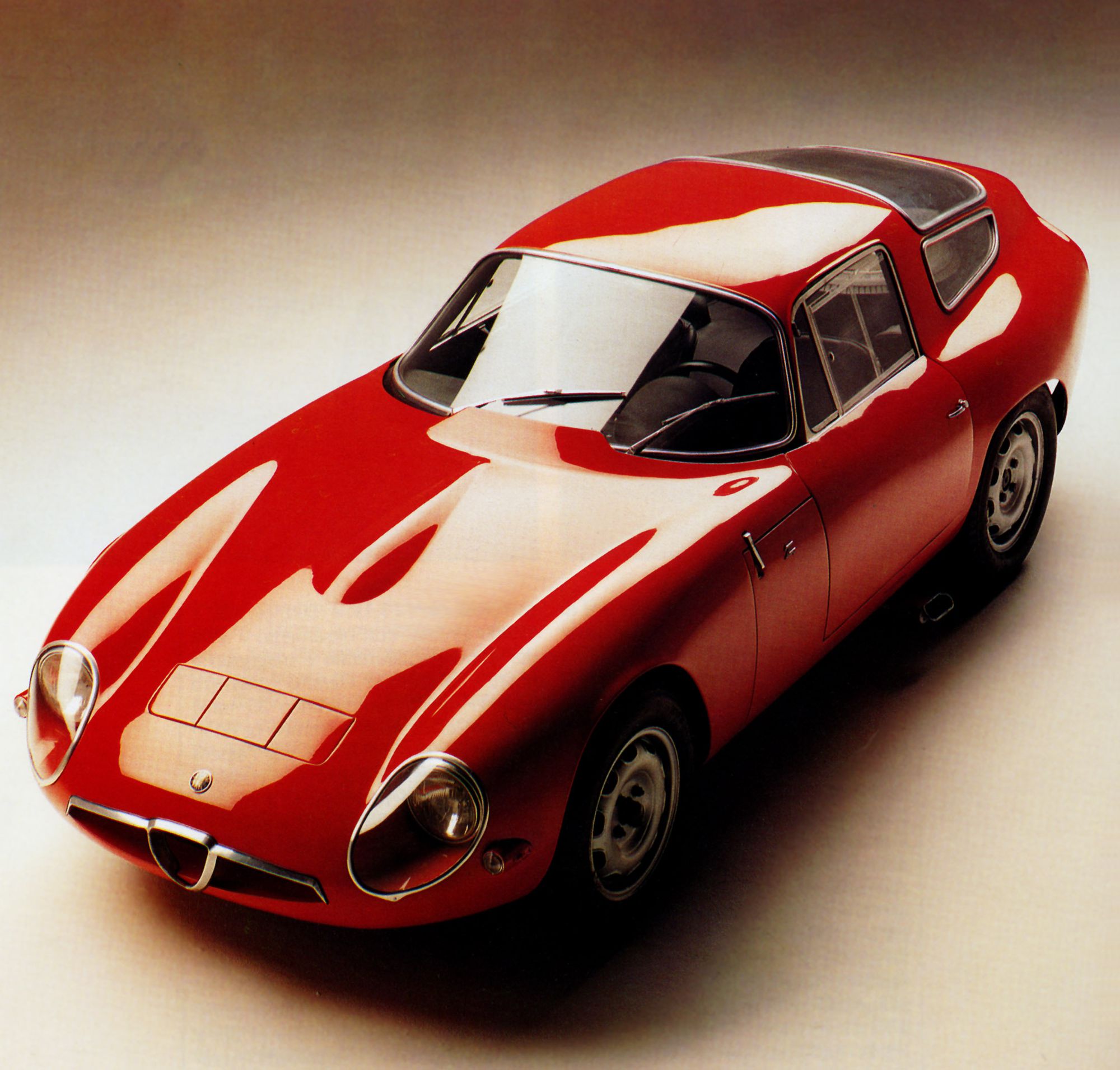
Born on 26 July 1937, Spada graduated in industrial engineering in 1956. He joined Zagato in 1960, and his decade-long stint as chief designer marked a golden era for the Milanese carrozzeria. In 1970, he moved to Ford Europe’s design centre in Turin, where he contributed to key models such as the Taunus, Granada, Capri, and Fiesta and also designed the ambitious but ultimately stillborn GT70 rally car.
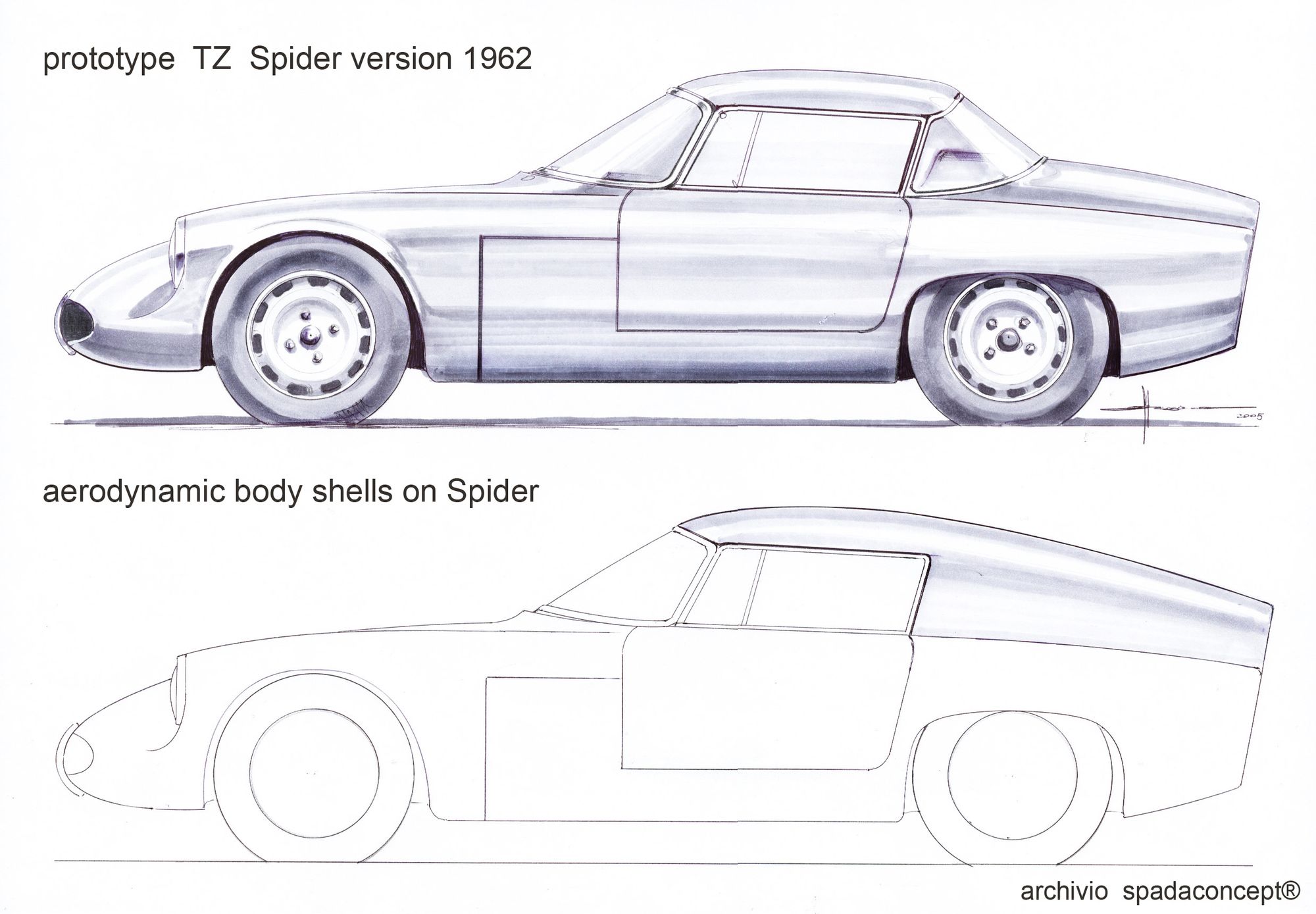
Spada’s career continued with a move to Ghia in 1973, where he worked on several American Ford projects, including a late-1970s version of the Mustang. In 1976, he spent a year with Audi in Germany before relocating to BMW’s design studio in Munich, contributing to the 1980s 5- and 7-Series models.
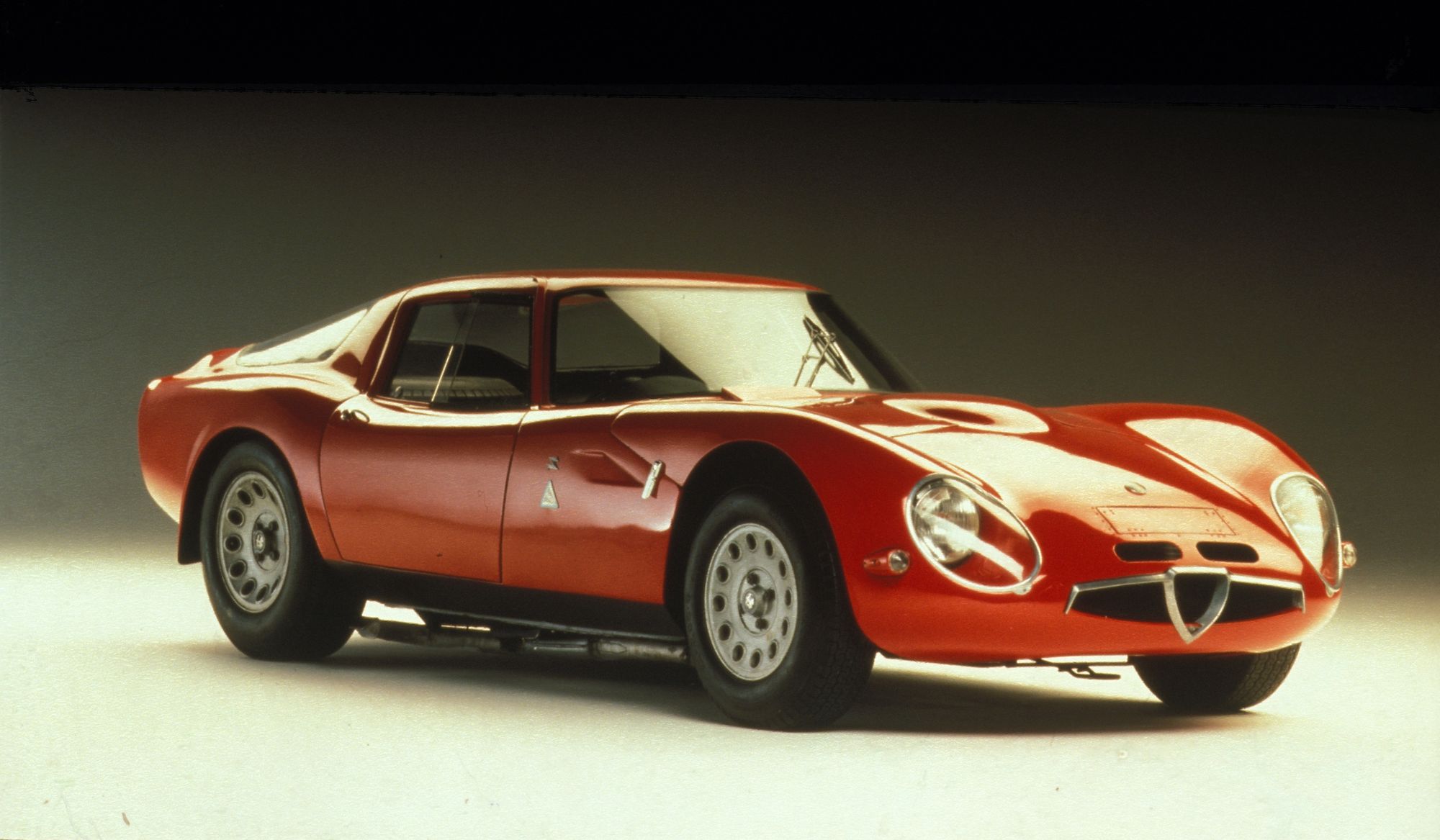
From 1983 to 1993, Spada headed the I.DE.A Institute, where he helped shape the pioneering Tata Indica with the late Justyn Norek working under him, and led the innovative Tipo Quattro platform project. This groundbreaking effort predated Ferdinand Piëch’s famed platform-sharing strategy at VW and resulted in seven distinct models – including the Fiat Tipo, Tempra, Lancia Dedra, Delta II, and Alfa Romeo 155 – all sharing the same core platform and door pressings. The variations in front and rear design were so effective that only insiders realised these models were mechanical siblings.
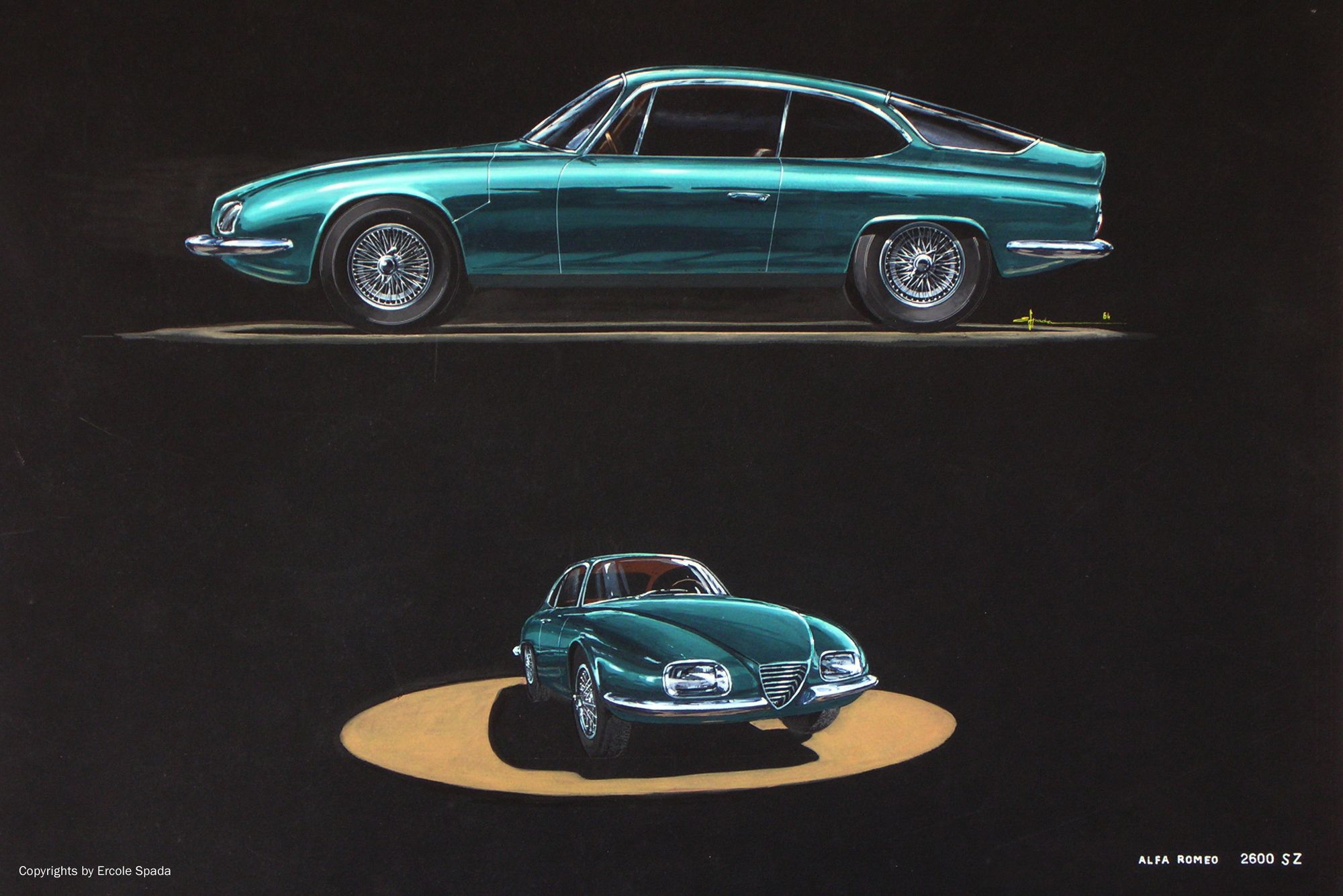
During his time at I.DE.A, Spada even worked on a monocoque autorickshaw concept for Bajaj and visited Pune, India. However, the project was ultimately shelved in favour of continuing production of the traditional RE three-wheeler.
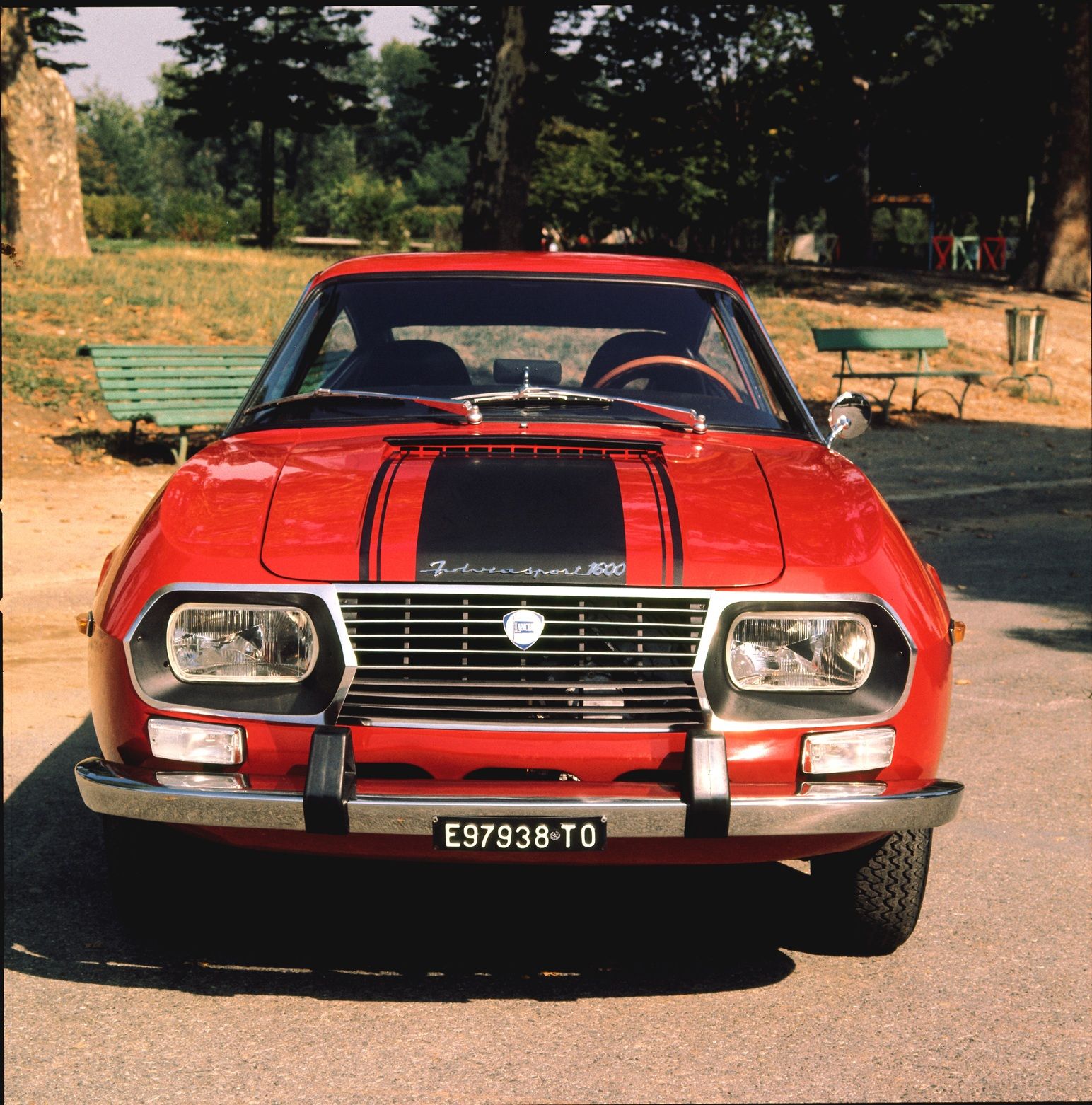
Since 1993, Spada operated independently, contributing to design proposals for numerous global marques including Alfa Romeo, Ferrari, Fiat, Mercedes, Nissan, Toyota, Isuzu, BMW, GM, and Kia. Among his independent highlights were the FZ93 Zagato proposal for Ferrari and the O.S.C.A. Dromos, a mid-engined, retro-inspired sports car prototype that unfortunately remained a one-off.
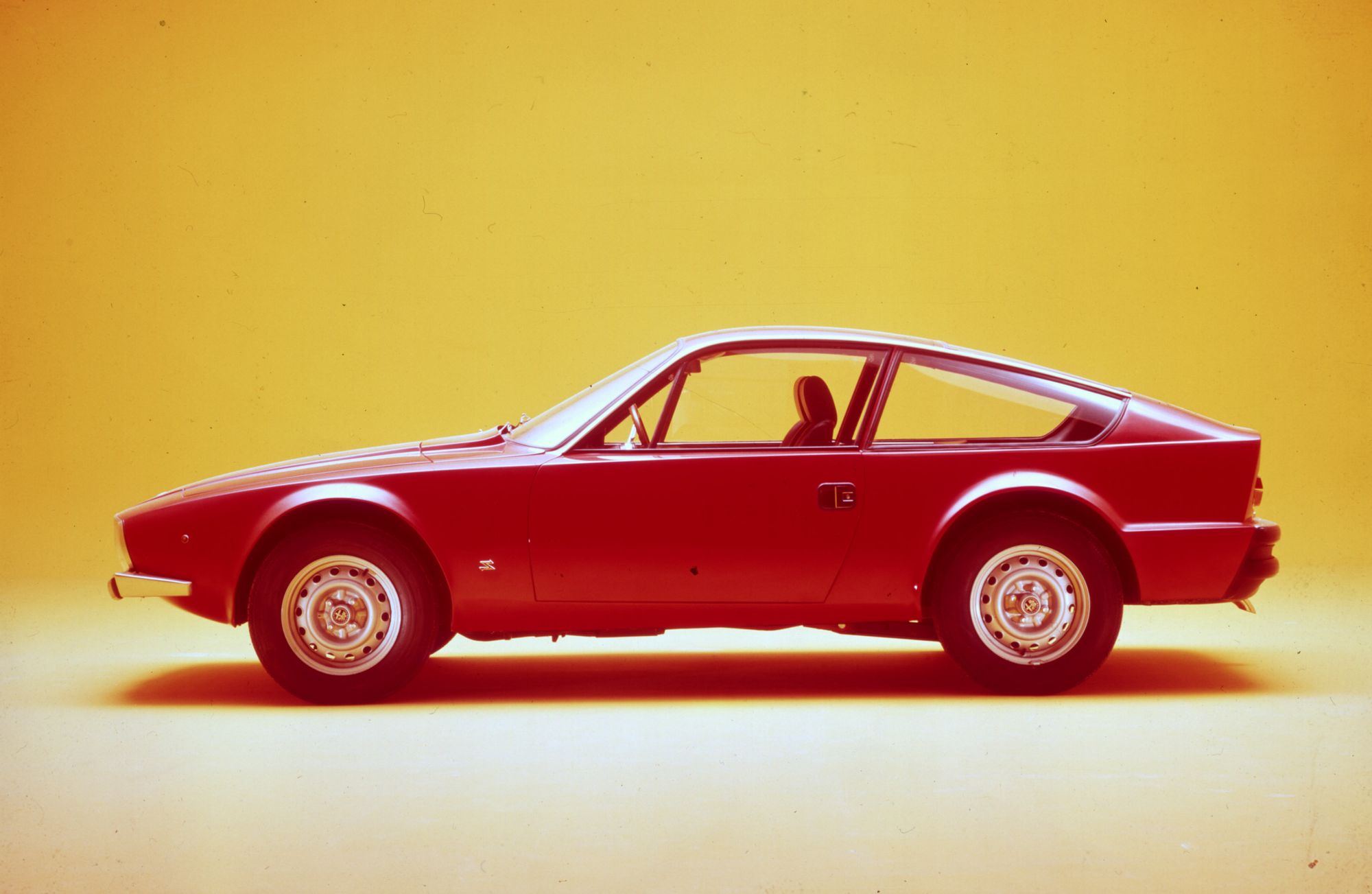
In 2004, together with his son Paolo Spada, manager Domiziano Boschi, and designer Wojtek Sokolowski, Spada co-founded Spadaconcept, a modern design studio. Their first major project was the TS Codatronca, a 21st-century spiritual successor to the Alfa TZ1 and TZ2. Based on Chevrolet Corvette underpinnings, the Codatronca revived the Kamm-tail principle with sharp, aggressive styling and a powerful presence that paid homage to Spada’s original design ethos.

Ercole Spada was not just a visionary designer but also a kind, warm-hearted man and a true gentleman. And it has been my good luck that I have known him well for the better part of the last three decades. I will miss him deeply.
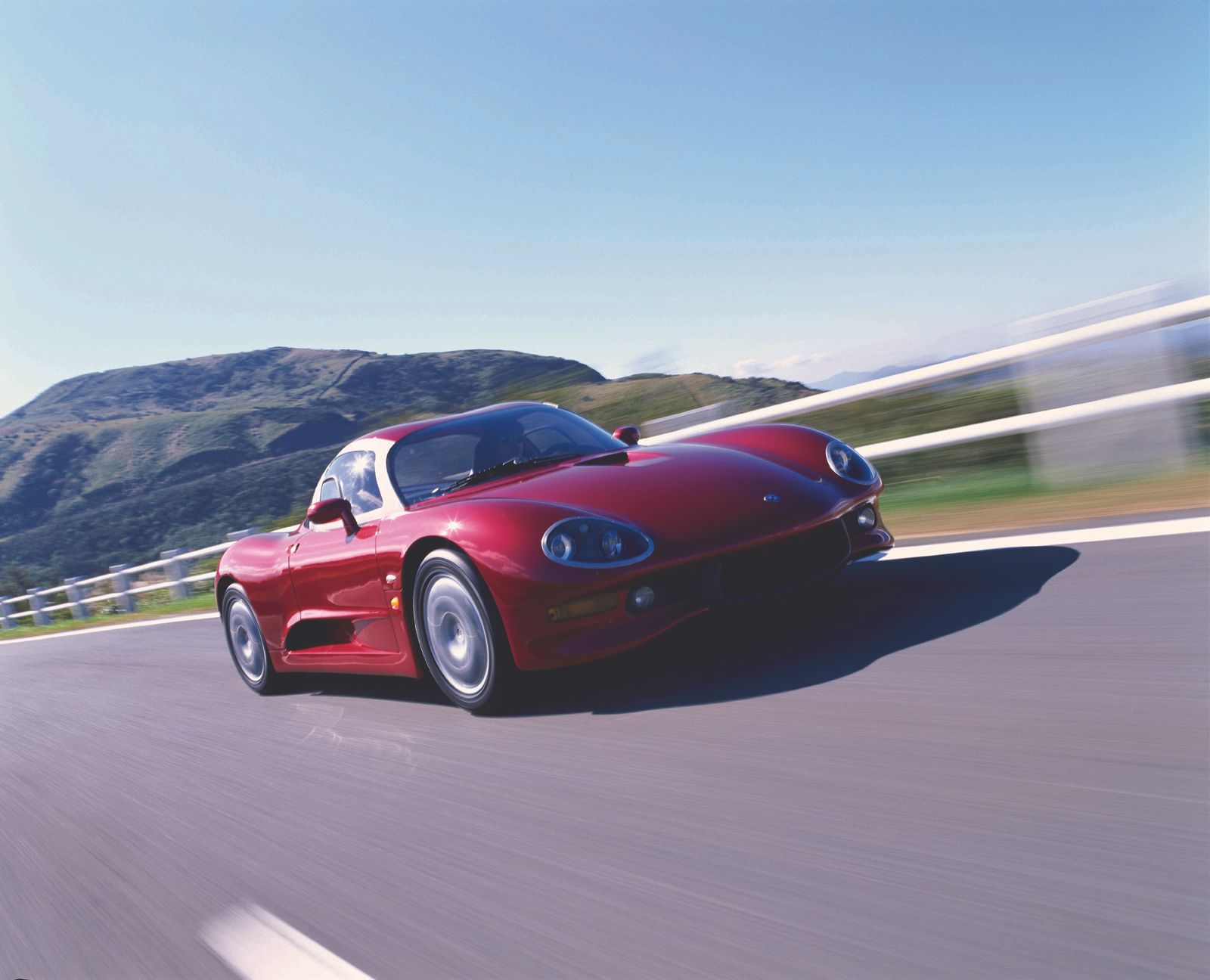
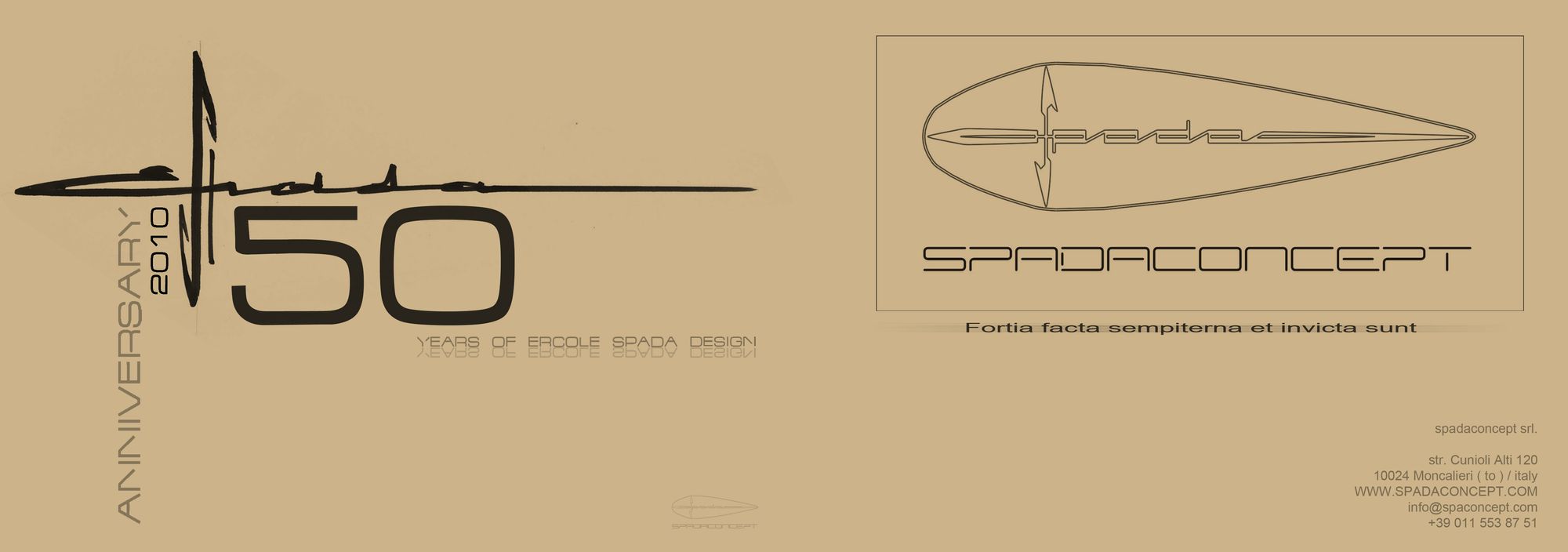
Arrivederci, Ercole Spada.
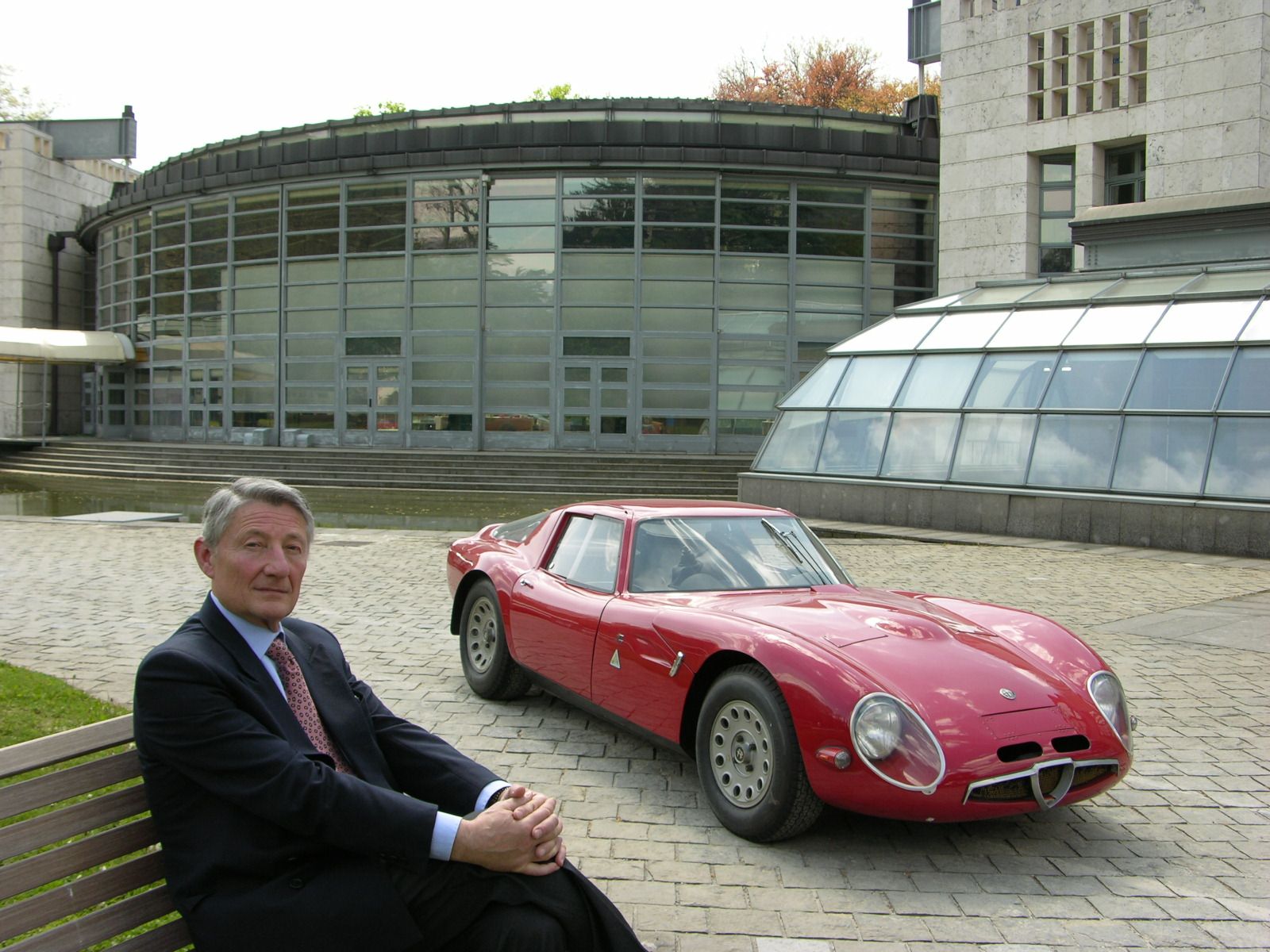
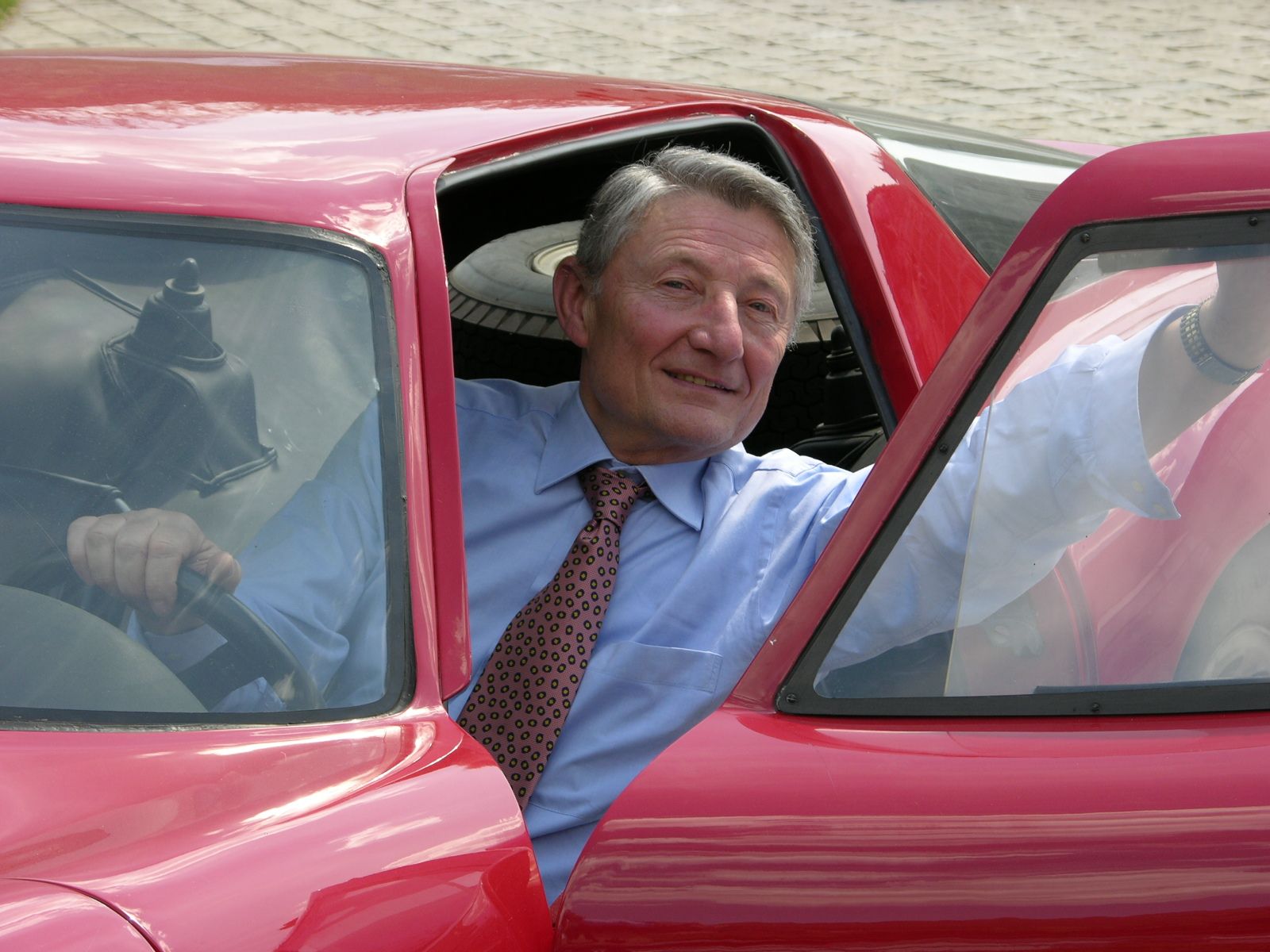
Comments
Sign in or become a deRivaz & Ives member to join the conversation.
Just enter your email below to get a log in link.
